Blogs & News
We are focus on automotive wiring harness & connectors technology.
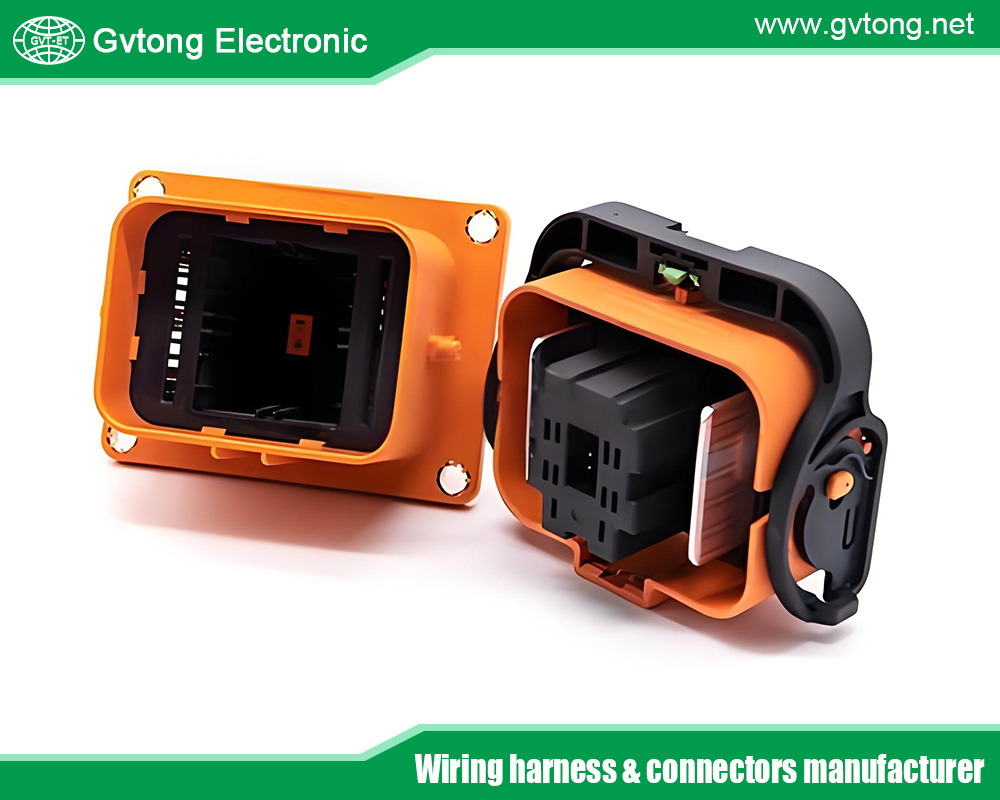
China Energy Storage Connector Manufacturers: Powering the Future of Renewable Energy
- Gvtong Electronic
- Automated assembly connectors, automotive hybrid connector, Automotive Low Voltage Signal And Power Connector Solutions, automotive optical fiber connector, Automotive-grade AEC-Q200 connectors, best china energy storage connector manufacturers, best photovoltaic connectors for solar panels, Best Photovoltaic Solar Battery Connectors For Energy Storage Systems, China Energy Storage Connector Manufacturers, China High Current Connectors Manufacturer, China High Frequency And High Speed Connectors Manufacturer, China Industrial Electrical Connectors Manufacturers, china photovoltaic connectors manufacturers, electric vehicle EV connector supplier, energy storage connector, energy storage connector manufacturers, EV charging connectors manufacturers, Halogen-free automotive connectors, High Voltage EV Battery Connector For Electric Vehicles, Redundant safety connectors Recyclable material connectors, Thermal management connectors, Wireless charging connectors
- No Comments
China Energy Storage Connector Manufacturers: Powering the Future of Renewable Energy
The global shift toward renewable energy has placed energy storage systems at the forefront of sustainable power solutions. These systems capture excess energy from sources like solar panels and wind turbines, storing it for use when generation is low, ensuring a consistent and reliable power supply. Central to the functionality of these systems are energy storage connectors—specialized components that enable the safe and efficient transfer of electricity between various system parts, such as batteries, inverters, and grid interfaces. In this arena, China stands out as a global leader, not only in renewable energy production but also in manufacturing the connectors that make these systems possible. This article explores the landscape of China’s energy storage connector manufacturers, delving into their products, market dynamics, technological advancements, and their pivotal role in the renewable energy sector.
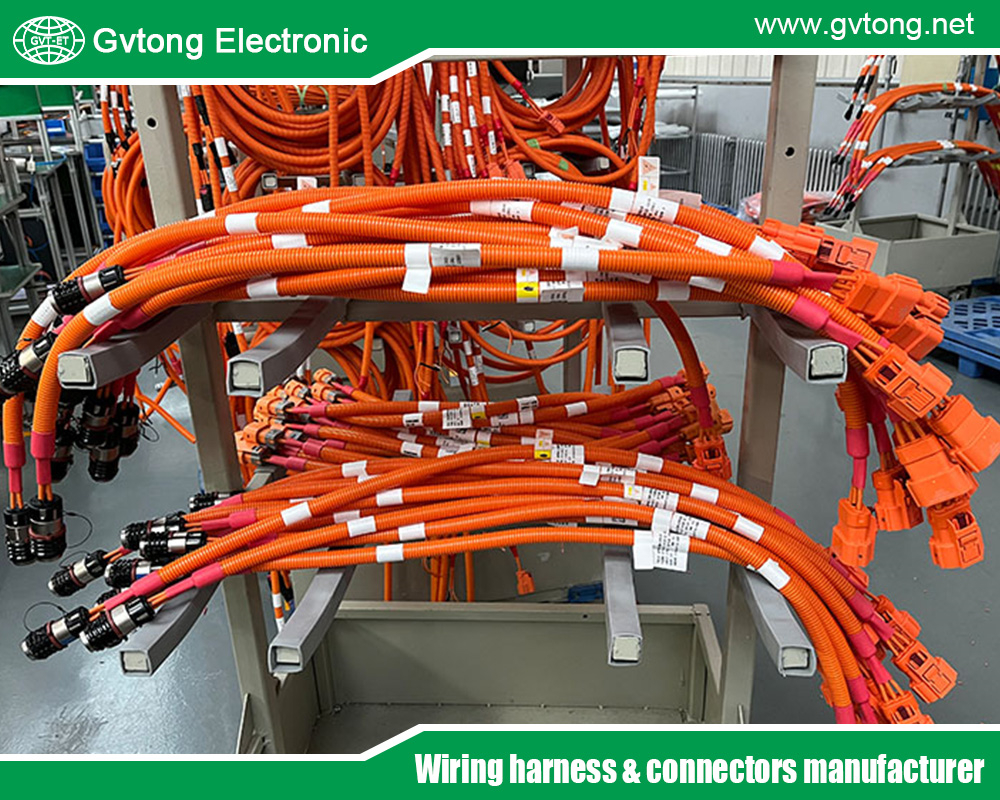
Market Overview
China’s renewable energy industry has seen remarkable growth, driven by ambitious government policies and a pressing need to address environmental challenges. The country is the world’s largest producer of solar panels and wind turbines, accounting for nearly half of global new installations in recent years, according to the International Energy Agency. This expansion has significantly increased the demand for energy storage systems, which rely on connectors to integrate and operate effectively. As a result, China has become a hub for energy storage connector manufacturing, with a robust ecosystem of companies meeting both domestic and international needs.
Prominent manufacturers such as CRETOP, KABASI, and Sanan have emerged as leaders in this field. CRETOP, for example, is recognized for its extensive experience in producing connectors tailored for renewable energy storage, while KABASI is noted for its professionalism and quality focus. The growth of China’s renewable energy sector—supported by investments in solar farms, wind projects, and electric vehicle (EV) infrastructure—has created a fertile market for these manufacturers, driving innovation and production capacity.
Types of Energy Storage Connectors
Energy storage connectors are not one-size-fits-all; they come in various configurations to meet the diverse needs of energy storage applications. One example is the 4+8Pin connector, which combines four power pins with eight signal pins, making it ideal for systems requiring both high-current transmission and data communication, such as advanced battery management setups. Other connectors are designed specifically for high-current applications, capable of handling substantial power loads in large-scale energy storage systems, like those found in utility solar plants.
Portable energy storage connectors cater to smaller, mobile applications, such as backup power supplies for outdoor use or residential energy storage units. These connectors prioritize ease of use and durability in varied conditions. The variety in connector types reflects the adaptability of Chinese manufacturers, who produce solutions for everything from household systems to industrial-scale projects, ensuring compatibility with a wide range of energy storage technologies.
Technical Specifications and Features
The performance of energy storage connectors hinges on their technical specifications, which are engineered to meet the rigorous demands of renewable energy systems. High current capacity is a standout feature, with some connectors rated for up to 1500 volts and 400 amps, suitable for the power-intensive needs of large storage setups. Safety is paramount, as these connectors must prevent hazards like short circuits or overheating. Manufacturers incorporate secure locking mechanisms, high-quality insulation, and robust designs to mitigate risks.
Stability is another critical attribute, ensuring reliable connections over extended periods, even in harsh environments with fluctuating temperatures or humidity. Many connectors comply with international standards, such as those from the International Electrotechnical Commission (IEC), which cover electrical safety, mechanical strength, and environmental resilience. These features and standards make Chinese-made connectors competitive on a global scale, appealing to customers who prioritize both performance and dependability.
Manufacturing Process
Producing energy storage connectors is a complex process that demands precision and quality control. It begins with selecting materials—typically corrosion-resistant metals for conductivity and durable plastics for insulation—to withstand the challenging conditions of energy storage applications. The manufacturing process involves component fabrication, assembly, and rigorous testing to ensure each connector meets performance expectations.
Chinese manufacturers leverage advanced technologies, such as automated assembly lines and precision machining, to maintain consistency and efficiency. Companies like KABASI emphasize professionalism in their production, while CRETOP’s long-standing experience highlights the maturity of China’s manufacturing capabilities. Quality control is non-negotiable; even minor defects could lead to system failures, so extensive testing under simulated conditions ensures reliability and safety.
Applications
Energy storage connectors serve a wide range of applications within the renewable energy ecosystem. In solar power systems, they link battery banks to inverters, facilitating the flow of stored energy to homes, businesses, or the grid. Wind power installations use connectors similarly, connecting storage units to generation and distribution systems. The rise of electric vehicle charging infrastructure has further expanded their use, with connectors enabling efficient power transfer from storage systems to charging stations.
Beyond these core applications, connectors are vital in microgrids, which integrate multiple energy sources and storage units to power remote or off-grid areas. Their versatility supports everything from large-scale renewable projects to decentralized, small-scale solutions, making them indispensable in China’s push toward a sustainable energy future.
Competitive Landscape
China’s energy storage connector market is fiercely competitive, with numerous manufacturers vying for dominance. This competition fosters innovation, as companies strive to stand out with features like enhanced durability, simplified installation, or advanced safety mechanisms. For instance, some offer quick-connect designs that reduce installation time and costs, appealing to system integrators and project developers.
The abundance of manufacturers also drives competitive pricing, making Chinese connectors cost-effective without compromising quality. Companies like Sanan and Wellnowus exemplify this balance, offering reliable products at attractive price points. Many of these firms have expanded into international markets, exporting connectors worldwide and reinforcing China’s status as a global supplier. This competitive environment benefits customers by providing a wide range of high-quality, affordable options.
Technological Advancements
As renewable energy systems grow in scale and complexity, energy storage connectors are evolving to keep pace. Chinese manufacturers are pioneering advancements to enhance performance and functionality. One trend is the development of connectors capable of handling higher voltages and currents, supporting the larger storage systems needed for modern renewable projects.
Another exciting prospect is the integration of smart technology, such as sensors within connectors to monitor performance and detect faults in real-time. These innovations could improve system reliability by enabling proactive maintenance. While specific examples are still emerging, China’s track record in technological innovation suggests that its manufacturers are well-positioned to lead in this area, further strengthening their global influence.
Challenges and Solutions
Manufacturing energy storage connectors at scale presents challenges, particularly in maintaining consistent quality as production ramps up to meet rising demand. Chinese manufacturers address this through heavy investment in quality control, including testing protocols that replicate real-world conditions to ensure durability and safety.
Another hurdle is meeting international standards for export markets, which requires adherence to strict design and production guidelines. Manufacturers align their processes with standards like those from the IEC, often securing certifications to boost credibility. Government support bolsters these efforts, with policies promoting renewable energy adoption—such as subsidies for solar and wind projects—indirectly benefiting connector producers by expanding the market. These solutions help Chinese firms overcome obstacles and maintain their competitive edge.
Choosing the Right Connector
Selecting the right energy storage connector involves evaluating several factors to ensure compatibility and performance. Voltage and current requirements are primary considerations; the connector must handle the system’s power load safely. Environmental conditions—temperature, humidity, or exposure to elements—also influence the choice, as connectors must endure the operating environment.
Compatibility with other system components is essential for seamless integration, while certifications and compliance with standards provide assurance of quality. Manufacturer reputation and support services, like technical assistance or warranties, add further value. For instance, a solar farm might choose connectors from CRETOP, leveraging their proven expertise for a reliable, long-term solution. This decision-making process ensures optimal performance tailored to specific needs.
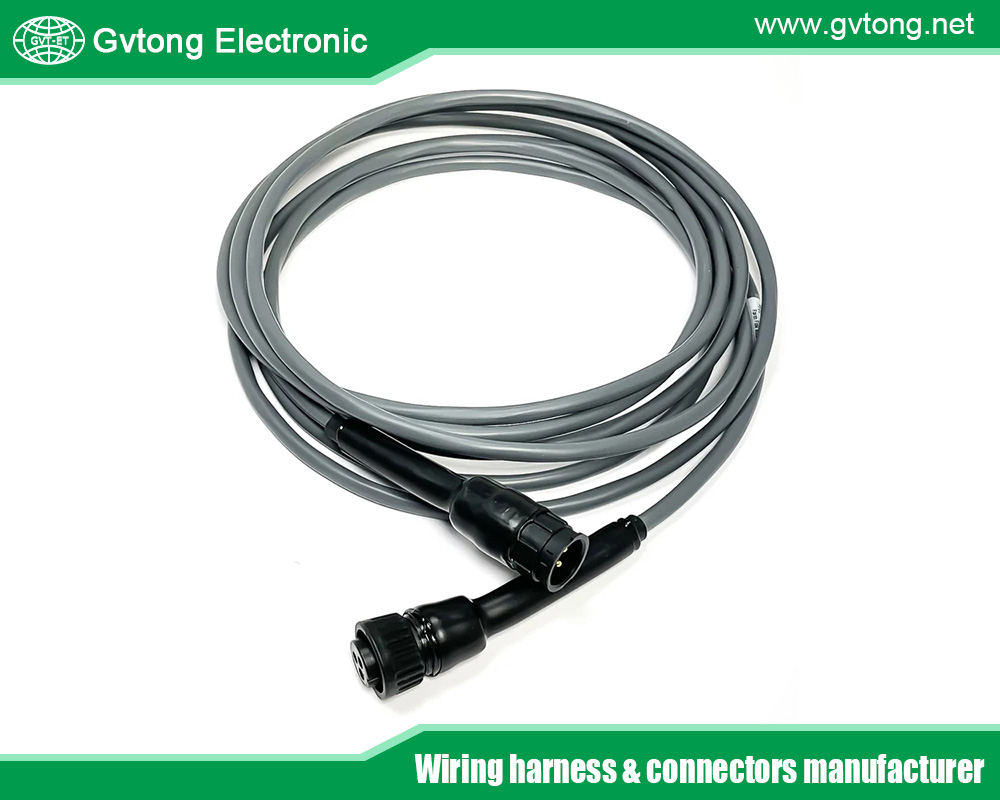
Conclusion
Energy storage connectors may be small, but their role in the renewable energy ecosystem is monumental, enabling the efficient and safe operation of systems that power a sustainable future. China’s leadership in manufacturing these connectors reflects its broader dominance in renewable energy, underpinned by a blend of technological prowess, competitive pricing, and a strong industrial base.
As global demand for renewable energy solutions grows, so too will the need for advanced energy storage connectors. Chinese manufacturers are poised to meet this challenge, driving innovation and scaling production to support the world’s transition to cleaner energy. With government backing and a focus on quality and advancement, the future of China’s energy storage connector industry is bright, promising continued contributions to a greener planet.
For more about the best china energy storage connector manufacturers: powering the future of renewable energy, you can pay a visit to Gvtong at https://www.gvtong.net/ for more info.
Recent Posts
How Do Automotive Pressure Connectors Work?
The Best GR Series-Circular Connectors Manufacturer
The Best GD Series Combined Power Connector Manufacturer
Tags
Recommended Products
-
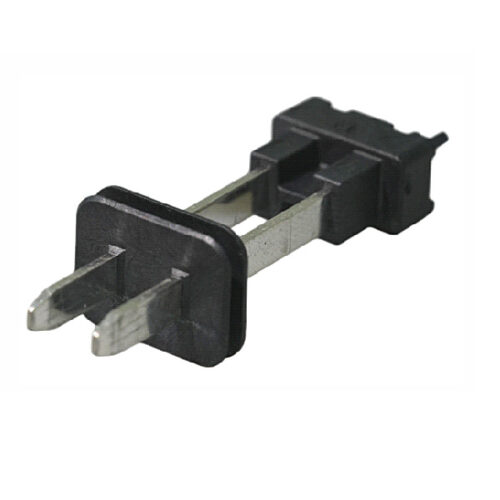
GE Series-WTB 2pin Connector Plug
-

GE Series-32-core rectangular connector
-
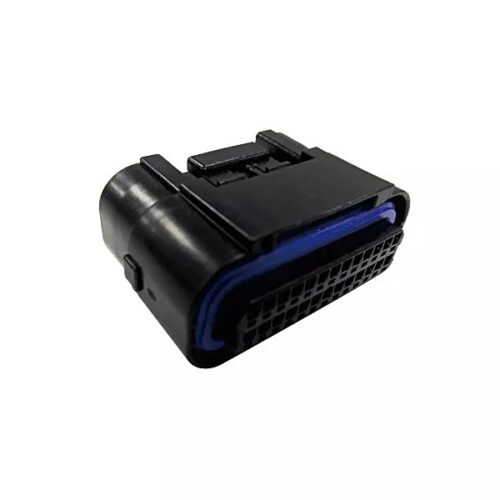
Signal connector – waterproof, double row, 34/40 core
-
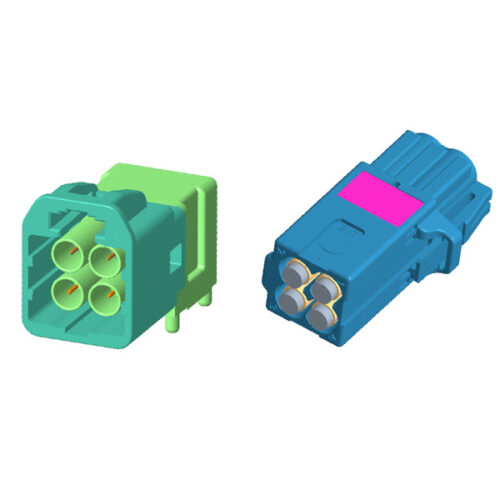
Automotive RF MINI FAKRA Four-Core Connector, Quad Port, PCB Through Hole, Right Angle, Plug, 50 Ohm
-
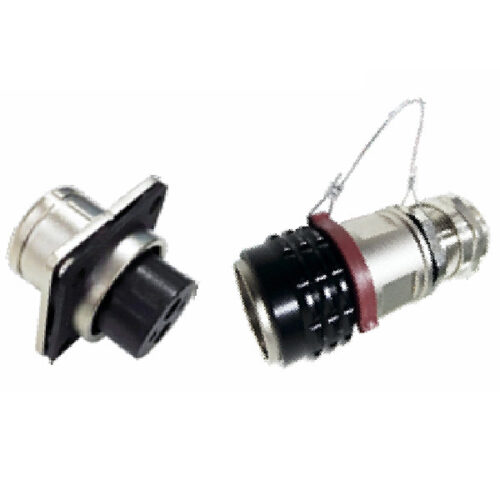
GT Series-2-core/3-core Signal Connector
-
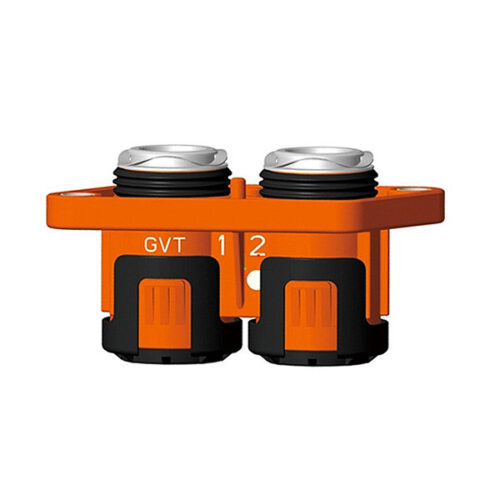
GIPT two-core wiring connector
-
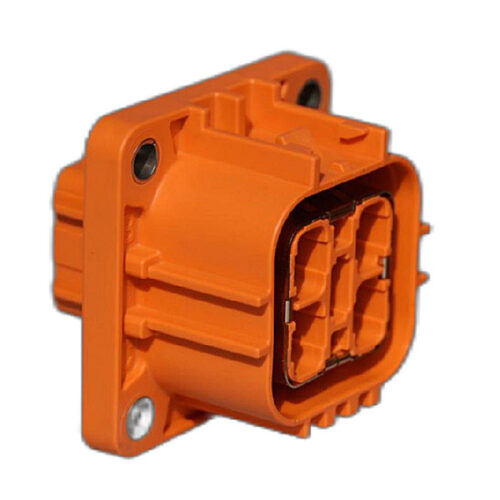
GH630 Series-4-core plastic high voltage connector
-
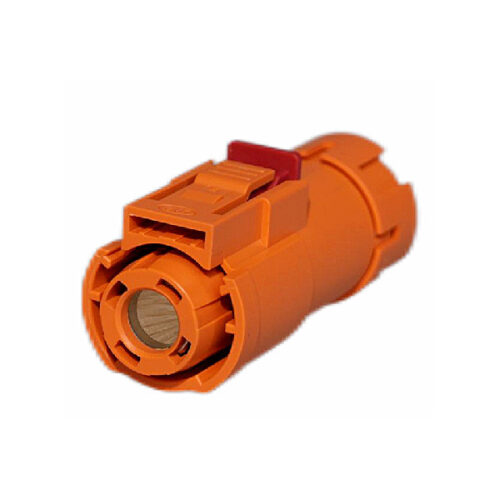
GH800 Series-1-core plastic high voltage connector
